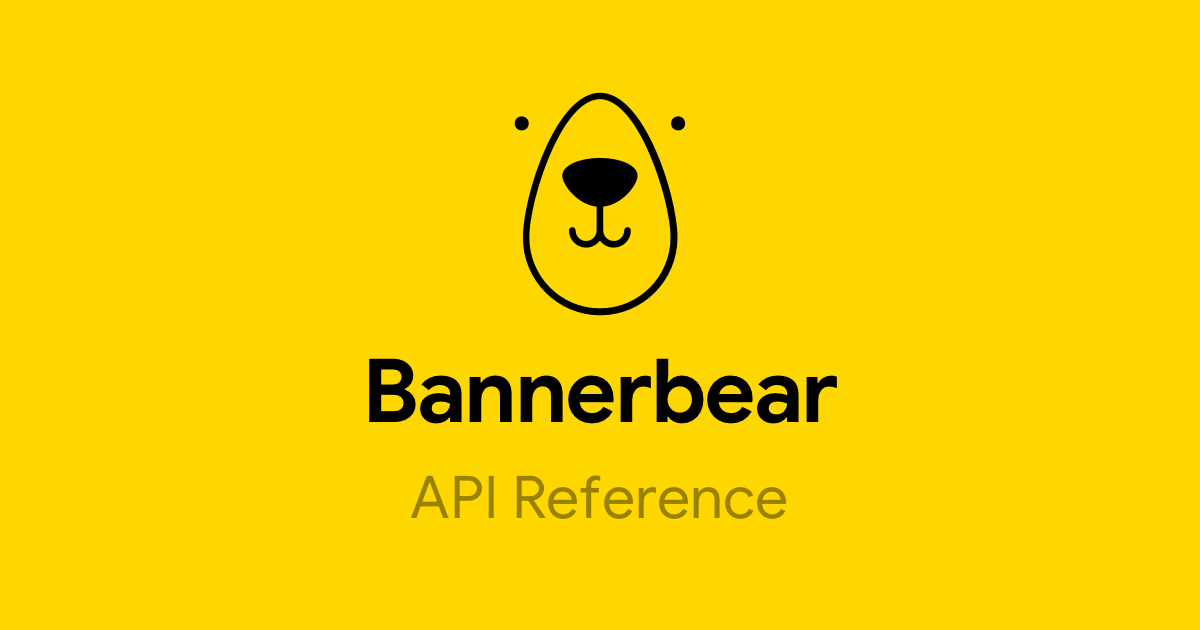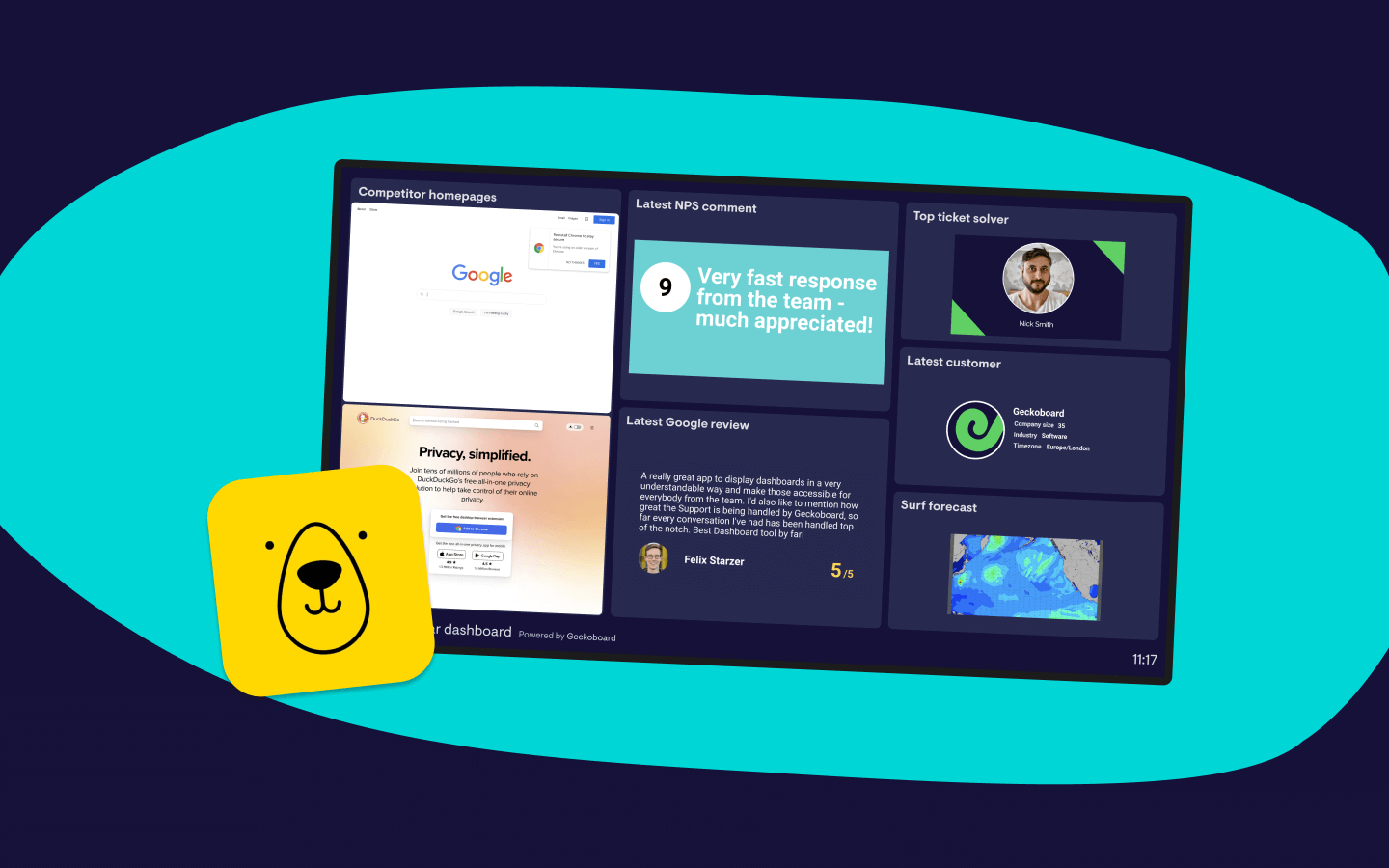
Bannerbear API: Complete Buyer's Guide
Transform repetitive design tasks into programmatic workflows
Bannerbear API is an API-driven content automation platform that transforms repetitive design tasks into programmatic workflows, enabling businesses to generate consistent visual content at scale without manual intervention.
Market Position & Maturity
Market Standing
Bannerbear occupies a specialized niche within the design automation market, positioning itself as the API-driven solution for businesses prioritizing operational efficiency over creative sophistication.
Company Maturity
The vendor demonstrates operational maturity through consistent platform performance and reliable customer support, with users reporting stable service delivery and responsive technical assistance.
Growth Trajectory
Market positioning emphasizes accessibility for small to medium-sized businesses that require sophisticated automation capabilities without enterprise-level complexity or investment.
Industry Recognition
Customer feedback indicates minimal implementation barriers for standard use cases, suggesting a mature product offering that addresses common business automation requirements effectively.
Strategic Partnerships
The platform's integration ecosystem and API-first approach indicate strategic alignment with modern business workflow requirements, positioning the vendor to benefit from increasing demand for automated content generation.
Longevity Assessment
Bannerbear's focus on automation reliability and consistent template-based output serves specific market needs that complement rather than compete with creative-focused design platforms.
Proof of Capabilities
Customer Evidence
Customer evidence consistently demonstrates successful automation of social media content, e-commerce product imagery, and marketing materials across diverse business scenarios.
Quantified Outcomes
Marketing agencies report significant reduction in project turnaround time after implementing Bannerbear API solutions, with measurable improvements in content production efficiency and consistency.
Case Study Analysis
Successful implementations consistently involve integrating Bannerbear API with existing workflow tools through platforms like Zapier, enabling seamless automation without disrupting established business processes.
Market Validation
Customer retention patterns and satisfaction ratings on platforms like G2 and Capterra provide market validation of the platform's effectiveness in delivering promised automation benefits.
Competitive Wins
The combination of technical reliability and responsive customer support contributes to successful long-term implementations across diverse business scenarios and industry verticals.
Reference Customers
The customer base appears diverse across industries, including tech startups, e-commerce companies, and marketing agencies, demonstrating broad applicability for template-based design automation needs.
AI Technology
Bannerbear API operates as a sophisticated templating engine that automates image and video creation through programmatic content generation, processing dynamic content inputs to produce consistent visual outputs at scale.
Architecture
The API-first architecture prioritizes integration flexibility over graphical user interfaces, enabling seamless connection with existing business workflows and tools.
Primary Competitors
Compared to advanced AI design platforms like Adobe's Sensei or Canva's AI tools, Bannerbear's capabilities appear more limited in creative sophistication and AI-driven design intelligence.
Competitive Advantages
Bannerbear's API-first architecture and integration capabilities represent clear advantages for organizations prioritizing workflow automation over advanced design features.
Market Positioning
Competitive positioning emphasizes operational design automation rather than creative design exploration, creating distinct market positioning that complements rather than directly competes with comprehensive design platforms.
Win/Loss Scenarios
Organizations should choose Bannerbear API when prioritizing workflow automation, API integration capabilities, and template-based consistency over advanced creative features.
Key Features

Pros & Cons
Use Cases
Integrations
Pricing
Featured In Articles
Comprehensive analysis of AI Printable Design Tools for AI Design for AI Design professionals. Expert evaluation of features, pricing, and implementation.
How We Researched This Guide
About This Guide: This comprehensive analysis is based on extensive competitive intelligence and real-world implementation data from leading AI vendors. StayModern updates this guide quarterly to reflect market developments and vendor performance changes.
40+ verified sources per analysis including official documentation, customer reviews, analyst reports, and industry publications.
- • Vendor documentation & whitepapers
- • Customer testimonials & case studies
- • Third-party analyst assessments
- • Industry benchmarking reports
Standardized assessment framework across 8 key dimensions for objective comparison.
- • Technology capabilities & architecture
- • Market position & customer evidence
- • Implementation experience & support
- • Pricing value & competitive position
Research is refreshed every 90 days to capture market changes and new vendor capabilities.
- • New product releases & features
- • Market positioning changes
- • Customer feedback integration
- • Competitive landscape shifts
Every claim is source-linked with direct citations to original materials for verification.
- • Clickable citation links
- • Original source attribution
- • Date stamps for currency
- • Quality score validation
Analysis follows systematic research protocols with consistent evaluation frameworks.
- • Standardized assessment criteria
- • Multi-source verification process
- • Consistent evaluation methodology
- • Quality assurance protocols
Buyer-focused analysis with transparent methodology and factual accuracy commitment.
- • Objective comparative analysis
- • Transparent research methodology
- • Factual accuracy commitment
- • Continuous quality improvement
Quality Commitment: If you find any inaccuracies in our analysis on this page, please contact us at research@staymodern.ai. We're committed to maintaining the highest standards of research integrity and will investigate and correct any issues promptly.